Asus P7P55D
Featured BIOS Verison: 0606UK Price: £102.93 (inc. VAT)
US Price: $149.99 (ex. Tax)
The "Vanilla" version of the confusing lineup of P7P55D motherboards that features a Premium, Deluxe, Evo, LE and just plain " ", the "suffixless P7P55D still now retails for just £100. This is the same as MSI's CD53, however Gigabyte board start at well under the £100 mark for the UD2.
The non-Deluxe P7P55D has almost an identical BIOS to the Deluxe on the page previous where it matters, so all the other changes above can be applied here. The settings applied can be virtually the same, although we could only squeeze 210MHz base clock in total, in comparison to the 215MHz above. The voltages also appear a little higher here, but quite honestly, we were probably a touch over zealous with them at the 200MHz base clock setting.
Asus Maximus III Formula
Featured BIOS Verison: 0801UK Price: £180.15 (inc. VAT)
US Price: $249.99 (ex. Tax)
Asus' Premium purchase for heavy to extreme overclockers is the Maximus III: we do not recommend it for those looking for an average OC, simply because something half the price can do just as well. It's BIOS differs slightly from the P7P55D series of boards in that its tweaked just for extreme performance. In our upcoming review of this board, we will dive further into specific features, however here are just the general overclocking settings to look for.
The target CPU and memory frequencies have been moved to the top, and there are further auto-OC settings from the CPU and Memory Level Up. The OC Tuner option has been removed, as has, surprisingly, the Clock Driving and Skew Control. The Loadline Calibration is a simple on or off, however the voltages are a little finer, (unnecessarily) offering up to five decimal place adjustment. With a 1.4V core voltage and just 1.36V IMC and 900mV CPU clock amplitude, we hit a round 200MHz easily.
The memory timings are identical to the P7P55D boards, and are still under the DRAM timing control sub-menu, however under the advanced tab there's a new single switch to disable all onboard components, except the network adapter, to reduce their element of stress on the board when heavily overclocked.
As we pushed the board heavily, we achieved a high 230MHz base clock with a 19x multiplier, offering a 4.37GHz CPU and 4.14GHz CPU-NB clock! To compensate we dropped the memory divider down a notch too, but the voltages used weren't overly extreme. Notice how they are coloured yellow here, whereas on the P7P55D boards the IMC voltage in particular jumps straight to red. This is Asus appealing to a specifically different end user, not that it's any less "dangerous".

MSI MPG Velox 100R Chassis Review
October 14 2021 | 15:04


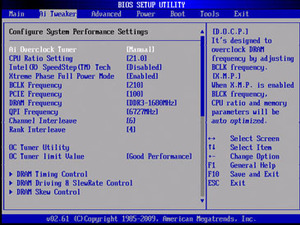
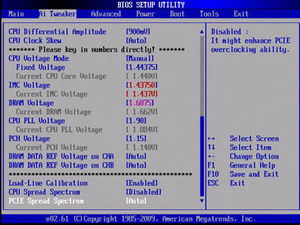
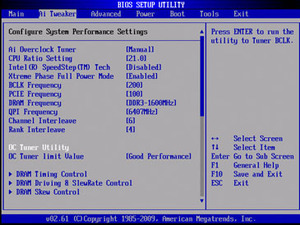
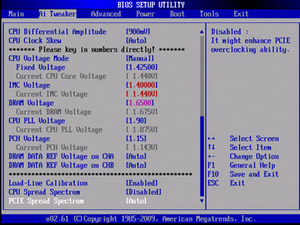

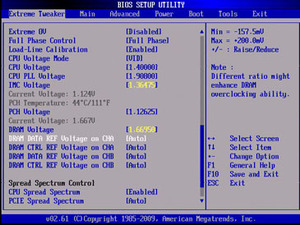
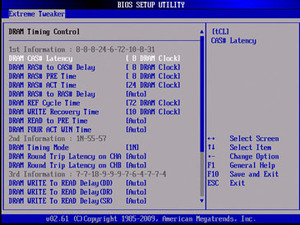
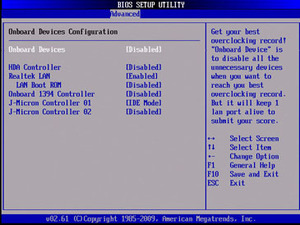
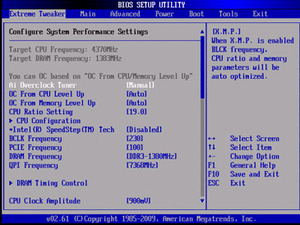
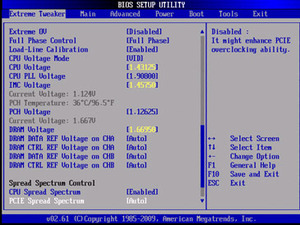







Want to comment? Please log in.